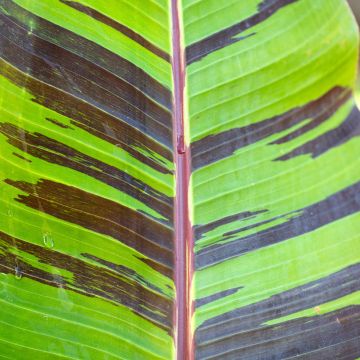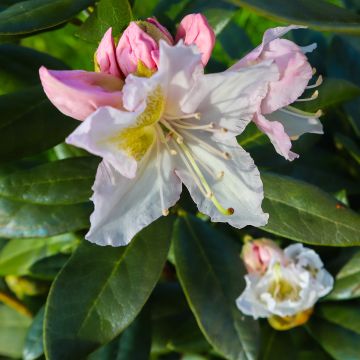

Ensete ventricosum Maurelii - Ethiopian Black Banana


Ensete ventricosum Maurelii - Ethiopian Black Banana
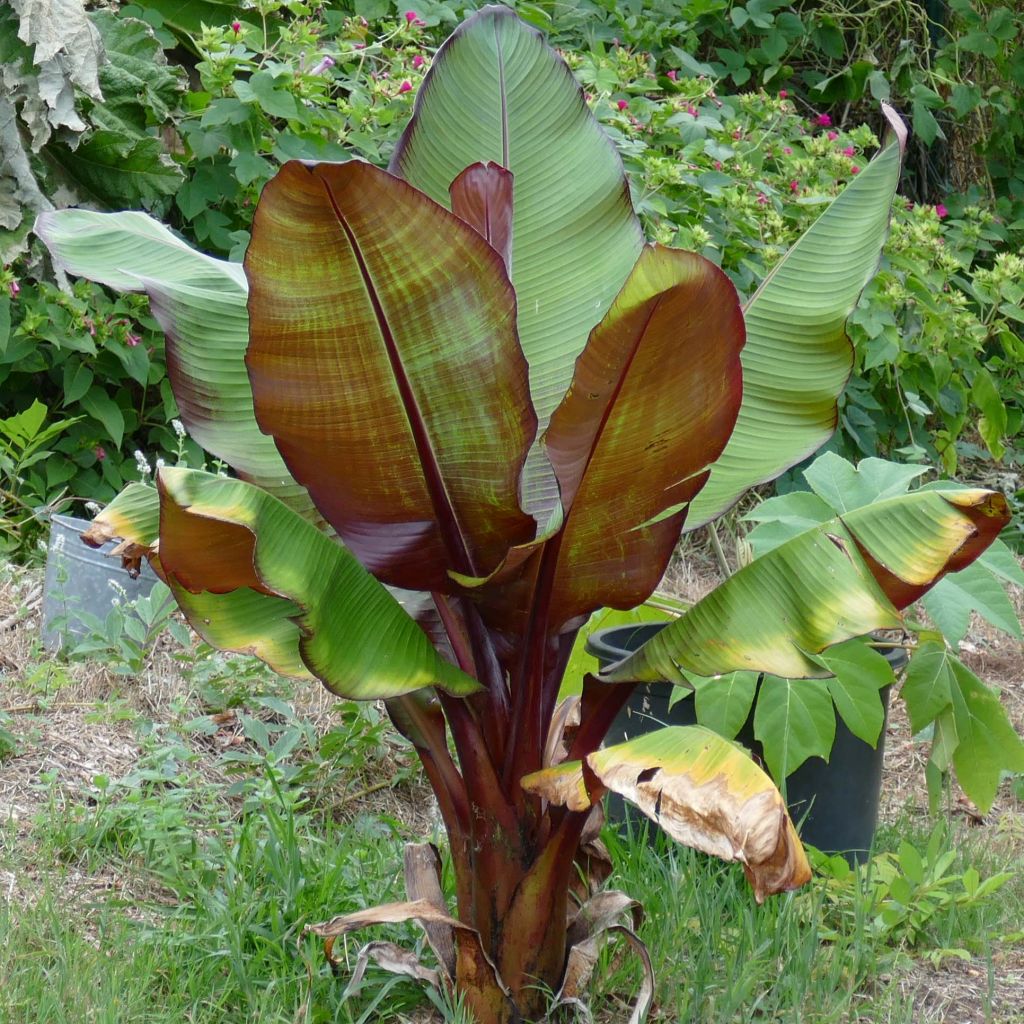

Ensete ventricosum Maurelii - Ethiopian Black Banana
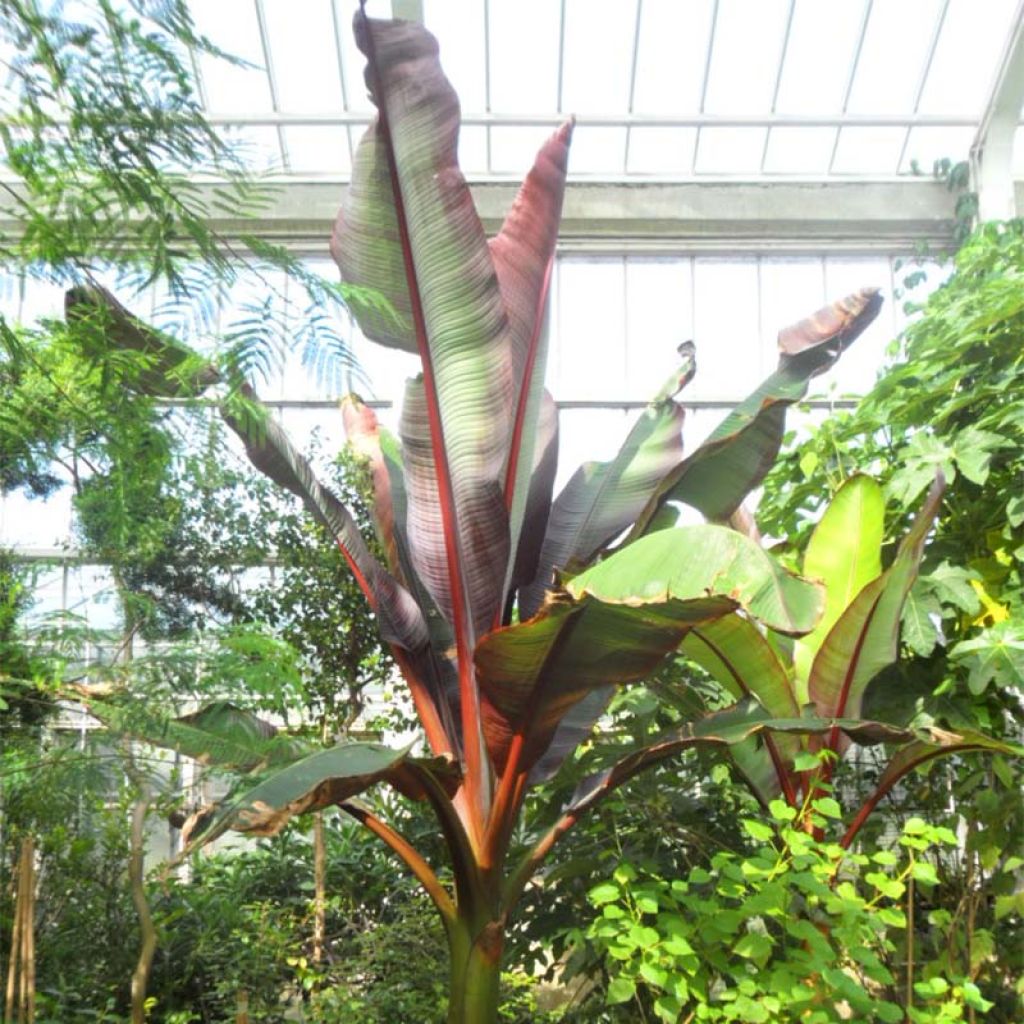

Ensete ventricosum Maurelii - Ethiopian Black Banana


Ensete ventricosum Maurelii - Ethiopian Black Banana
Ensete ventricosum Maurelii - Ethiopian Black Banana
Ensete ventricosum Maurelii
Ethiopian Black Banana
This item cannot be shipped to the selected country
Delivery charge from €5.90
Delivery charge from €5.90
Delivery charge from €5.90
Delivery to Corse prohibited
More information
Schedule delivery date,
and select date in basket
This plant carries a 24 months recovery warranty
More information
We guarantee the quality of our plants for a full growing cycle, and will replace at our expense any plant that fails to recover under normal climatic and planting conditions.
From €5.90 for pickup delivery and €6.90 for home delivery
Express home delivery from €8.90.
From €5.90 for pickup delivery and €6.90 for home delivery
Express home delivery from €8.90.
From €5.90 for pickup delivery and €6.90 for home delivery
Express home delivery from €8.90.
Delivery to Corse prohibited: UE law prohibits the import of this plant from mainland France to Corse as part of the fight against Xylella fastidiosa. Please accept our sincere apologies.
More information

Does this plant fit my garden?
Set up your Plantfit profile →
Description
Ensete ventricosum 'Maurelii', also known as the Ethiopian Black Banana, is a giant perennial plant highly sought after for its immensely beautiful red-tinted leaves. This hybrid variety, which does not produce seeds, is spectacular in an exotic setting and sensitive to colder climates. However, its growth rate is so fast that it forms a beautiful plant in one season. This magnificent "banana tree" can be grown in large containers on the terrace, as an indoor plant, or in the ground in the mildest regions, in a sheltered location.
The Abyssinian Banana belongs to the musaceae family, just like the Musa (true bananas). It is a plant with tuberous rhizomes, native to tropical regions of Africa. It is a tall banana tree, without suckers at the base, reaching heights of 6 to 10 meters (19 feet 8 inches to 32 feet 10 inches) or more in its country of origin. In our climates, it rarely exceeds 3 meters (9 feet 10 inches) in height and 2 meters (6 feet 7 inches) in width. It is remarkable for its ornamental qualities and its fast growth rate. A young plant can reach a height of 1.5 meters (4 feet 11 inches) in just one summer. The Ensete ventricosum 'Maurelii' has a thick false trunk, called a swollen bottle-shaped stipe. The leaves, produced at the top of the stipe, are particularly large (1 meter (3 feet 4 inches)) long and wide, entire, alternate, dark green with a strong tint of shining red on the upper side, paler underneath. They are crossed by a large red central vein. It is a relatively sensitive plant, evergreen in mild climates, capable of withstanding light frosts of around -4 to -6°C (24.8 to 21.2 °F).
The Black Ethiopian Banana is used in mass plantings or as a standalone specimen in regions with a mild climate. It makes a statement on the terrace when it is displayed in a large container. It can be stored in a cold greenhouse during winter. In this use, it pairs well with other orangery plants, such as oleanders, citrus trees, or the Strelitzia reginae.
Just like perennial plants, banana trees go dormant during winter: their above-ground parts dry out and die. Plants shipped in winter are therefore pruned to the ground (leaves and stems) by our teams to allow for better plant growth in spring.
Report an error about the product description
Ensete ventricosum Maurelii - Ethiopian Black Banana in pictures
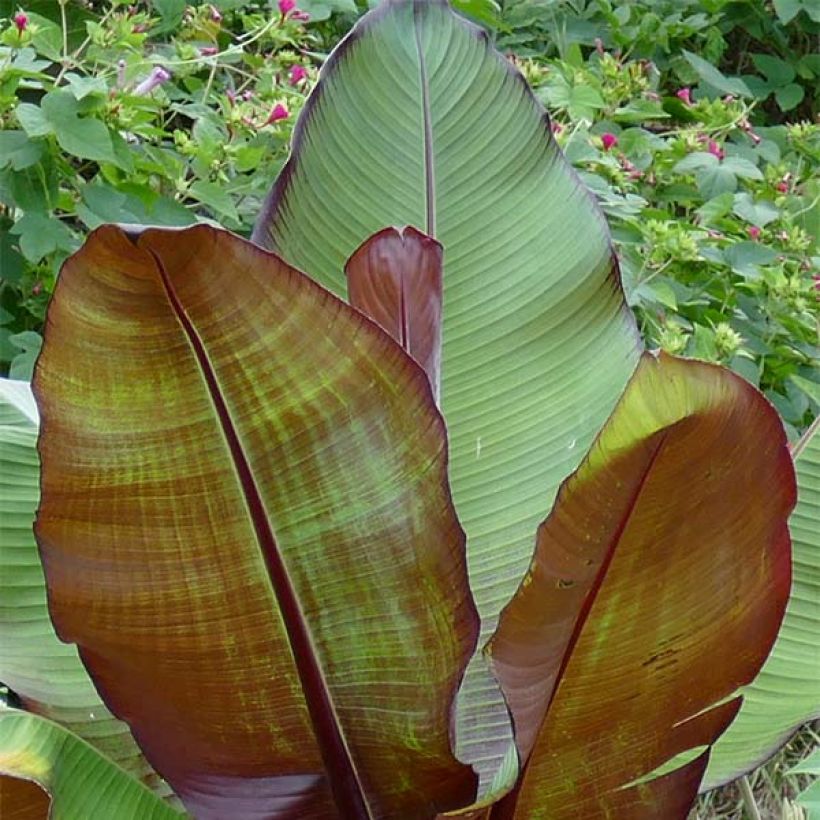



Plant habit
Flowering
Foliage
Botanical data
Ensete
ventricosum
Maurelii
Musaceae
Ethiopian Black Banana
Cultivar or hybrid
Other Musa - Banana tree
Planting and care
Ensete ventricosum Maurelii should be grown in full sun or partial shade, in rich and well-drained soil, either in the ground or in a large container. It is sensitive to drought in summer and waterlogged soils in winter. The aboveground parts are destroyed by frost at 0°C (32 °F). They then fall onto the stump, protecting the underground buds until -5°C (23 °F) if the soil is dry. The new shoots emerge vigorously and rapidly in spring. Clean the plant in spring, once the frosts have passed. As the root system of this "banana tree" is not well-developed, you can try digging it up in autumn in cool climates to overwinter it in a frost-free pot. Another trick practised by some gardeners is to grow the plant in a large perforated pot (or one with holes wide enough to allow the roots to pass through) that is buried during the warm season and dug up in autumn. This perforated pot can be placed in another regular pot with a slightly larger diameter to overwinter it frost-free.
Pot Culture:
Recommended substrate: 1/4 garden soil, 1/4 compost, 1/4 coarse horticultural sand or pumice, and 1/4 well-rotted manure, as it is a nutrient-hungry plant. A layer of clay beads at the bottom of the mixture improves drainage. When grown in a pot, this plant benefits from being exposed to sunlight throughout the warm season. It often loses its leaves in winter due to lack of light. The banana tree can be overwintered frost-free in a well-lit room with reduced watering. If some leaves change colour in winter, it will not harm the plant's health. Watering should be abundant during the warm season, enriched every fifteen days with a balanced liquid fertilizer. During the summer months, the Ensete ventricosum should not dry out.
Planting period
Intended location
Care
-
, onOrder confirmed
Reply from on Promesse de fleurs
Evergreen shrubs
Haven't found what you were looking for?
Hardiness is the lowest winter temperature a plant can endure without suffering serious damage or even dying. However, hardiness is affected by location (a sheltered area, such as a patio), protection (winter cover) and soil type (hardiness is improved by well-drained soil).

Photo Sharing Terms & Conditions
In order to encourage gardeners to interact and share their experiences, Promesse de fleurs offers various media enabling content to be uploaded onto its Site - in particular via the ‘Photo sharing’ module.
The User agrees to refrain from:
- Posting any content that is illegal, prejudicial, insulting, racist, inciteful to hatred, revisionist, contrary to public decency, that infringes on privacy or on the privacy rights of third parties, in particular the publicity rights of persons and goods, intellectual property rights, or the right to privacy.
- Submitting content on behalf of a third party;
- Impersonate the identity of a third party and/or publish any personal information about a third party;
In general, the User undertakes to refrain from any unethical behaviour.
All Content (in particular text, comments, files, images, photos, videos, creative works, etc.), which may be subject to property or intellectual property rights, image or other private rights, shall remain the property of the User, subject to the limited rights granted by the terms of the licence granted by Promesse de fleurs as stated below. Users are at liberty to publish or not to publish such Content on the Site, notably via the ‘Photo Sharing’ facility, and accept that this Content shall be made public and freely accessible, notably on the Internet.
Users further acknowledge, undertake to have ,and guarantee that they hold all necessary rights and permissions to publish such material on the Site, in particular with regard to the legislation in force pertaining to any privacy, property, intellectual property, image, or contractual rights, or rights of any other nature. By publishing such Content on the Site, Users acknowledge accepting full liability as publishers of the Content within the meaning of the law, and grant Promesse de fleurs, free of charge, an inclusive, worldwide licence for the said Content for the entire duration of its publication, including all reproduction, representation, up/downloading, displaying, performing, transmission, and storage rights.
Users also grant permission for their name to be linked to the Content and accept that this link may not always be made available.
By engaging in posting material, Users consent to their Content becoming automatically accessible on the Internet, in particular on other sites and/or blogs and/or web pages of the Promesse de fleurs site, including in particular social pages and the Promesse de fleurs catalogue.
Users may secure the removal of entrusted content free of charge by issuing a simple request via our contact form.
The flowering period indicated on our website applies to countries and regions located in USDA zone 8 (France, the United Kingdom, Ireland, the Netherlands, etc.)
It will vary according to where you live:
- In zones 9 to 10 (Italy, Spain, Greece, etc.), flowering will occur about 2 to 4 weeks earlier.
- In zones 6 to 7 (Germany, Poland, Slovenia, and lower mountainous regions), flowering will be delayed by 2 to 3 weeks.
- In zone 5 (Central Europe, Scandinavia), blooming will be delayed by 3 to 5 weeks.
In temperate climates, pruning of spring-flowering shrubs (forsythia, spireas, etc.) should be done just after flowering.
Pruning of summer-flowering shrubs (Indian Lilac, Perovskia, etc.) can be done in winter or spring.
In cold regions as well as with frost-sensitive plants, avoid pruning too early when severe frosts may still occur.
The planting period indicated on our website applies to countries and regions located in USDA zone 8 (France, United Kingdom, Ireland, Netherlands).
It will vary according to where you live:
- In Mediterranean zones (Marseille, Madrid, Milan, etc.), autumn and winter are the best planting periods.
- In continental zones (Strasbourg, Munich, Vienna, etc.), delay planting by 2 to 3 weeks in spring and bring it forward by 2 to 4 weeks in autumn.
- In mountainous regions (the Alps, Pyrenees, Carpathians, etc.), it is best to plant in late spring (May-June) or late summer (August-September).
The harvesting period indicated on our website applies to countries and regions in USDA zone 8 (France, England, Ireland, the Netherlands).
In colder areas (Scandinavia, Poland, Austria...) fruit and vegetable harvests are likely to be delayed by 3-4 weeks.
In warmer areas (Italy, Spain, Greece, etc.), harvesting will probably take place earlier, depending on weather conditions.
The sowing periods indicated on our website apply to countries and regions within USDA Zone 8 (France, UK, Ireland, Netherlands).
In colder areas (Scandinavia, Poland, Austria...), delay any outdoor sowing by 3-4 weeks, or sow under glass.
In warmer climes (Italy, Spain, Greece, etc.), bring outdoor sowing forward by a few weeks.




































